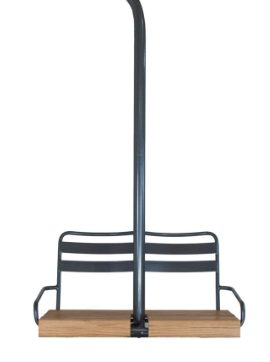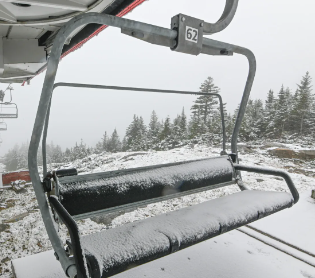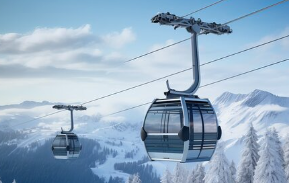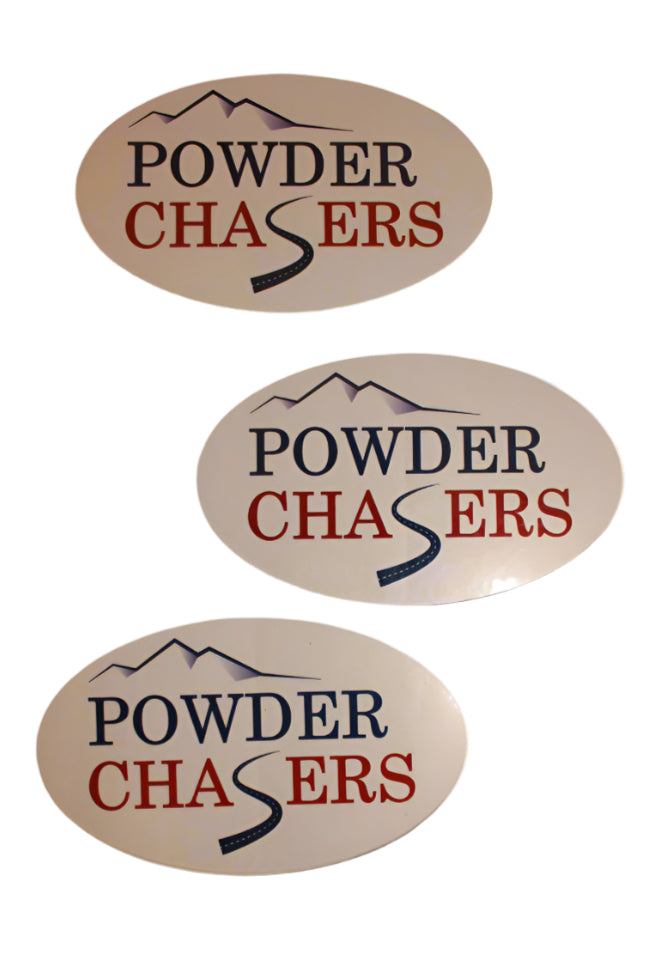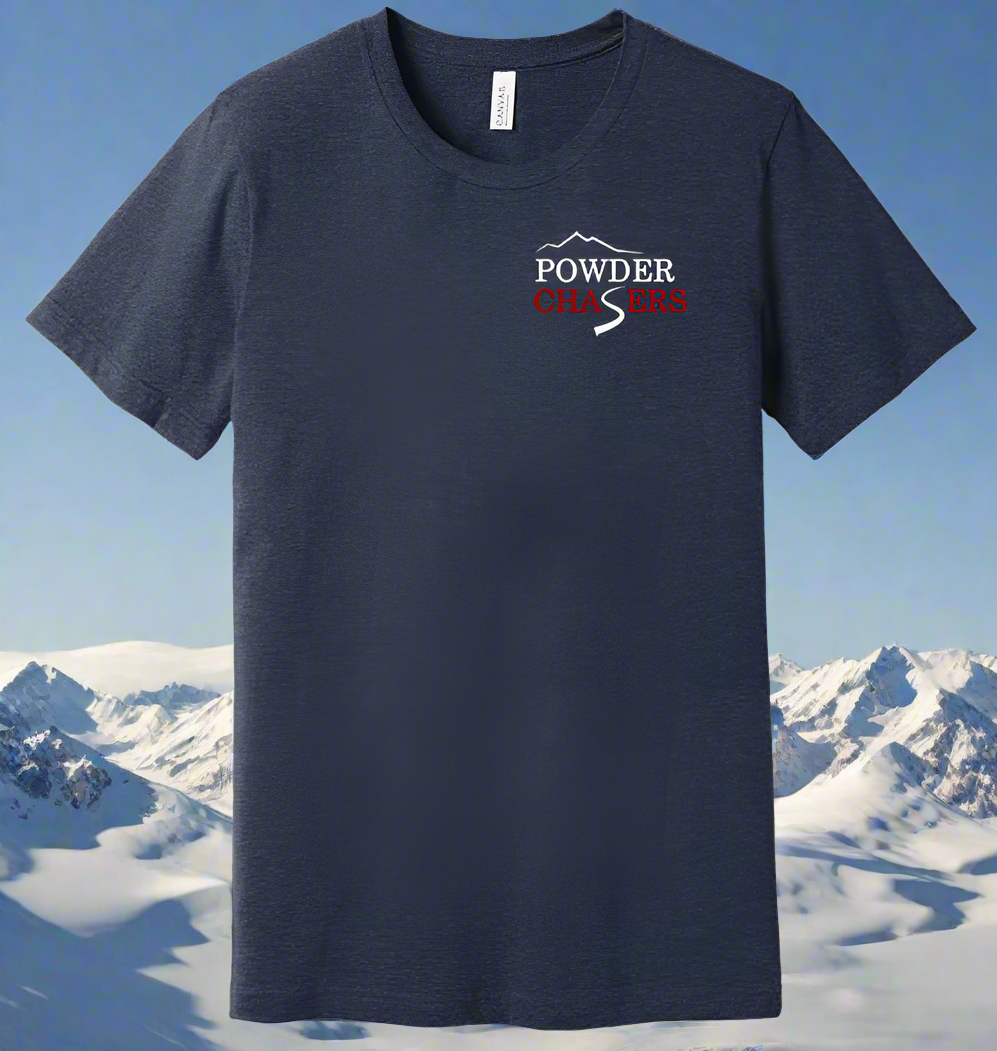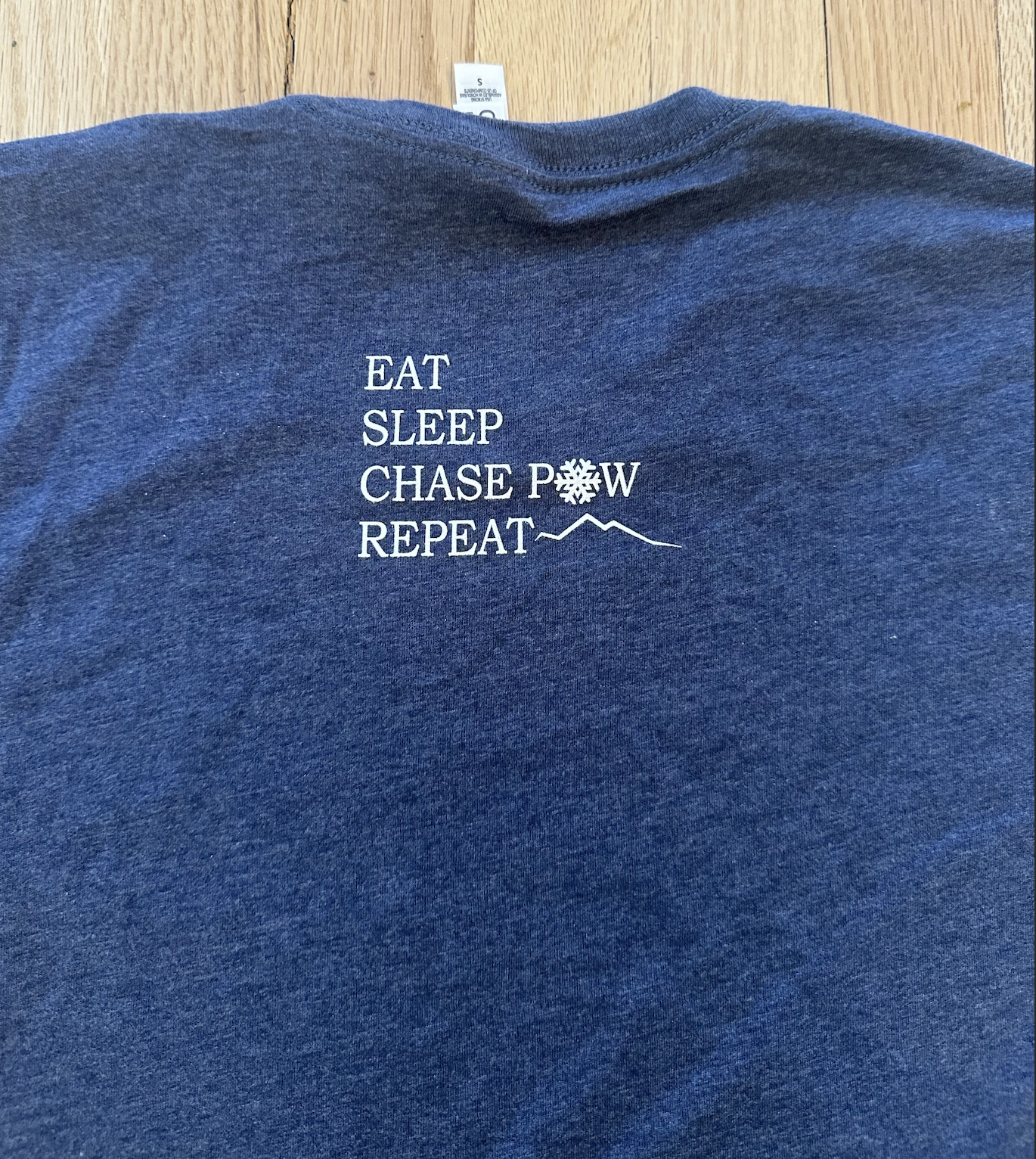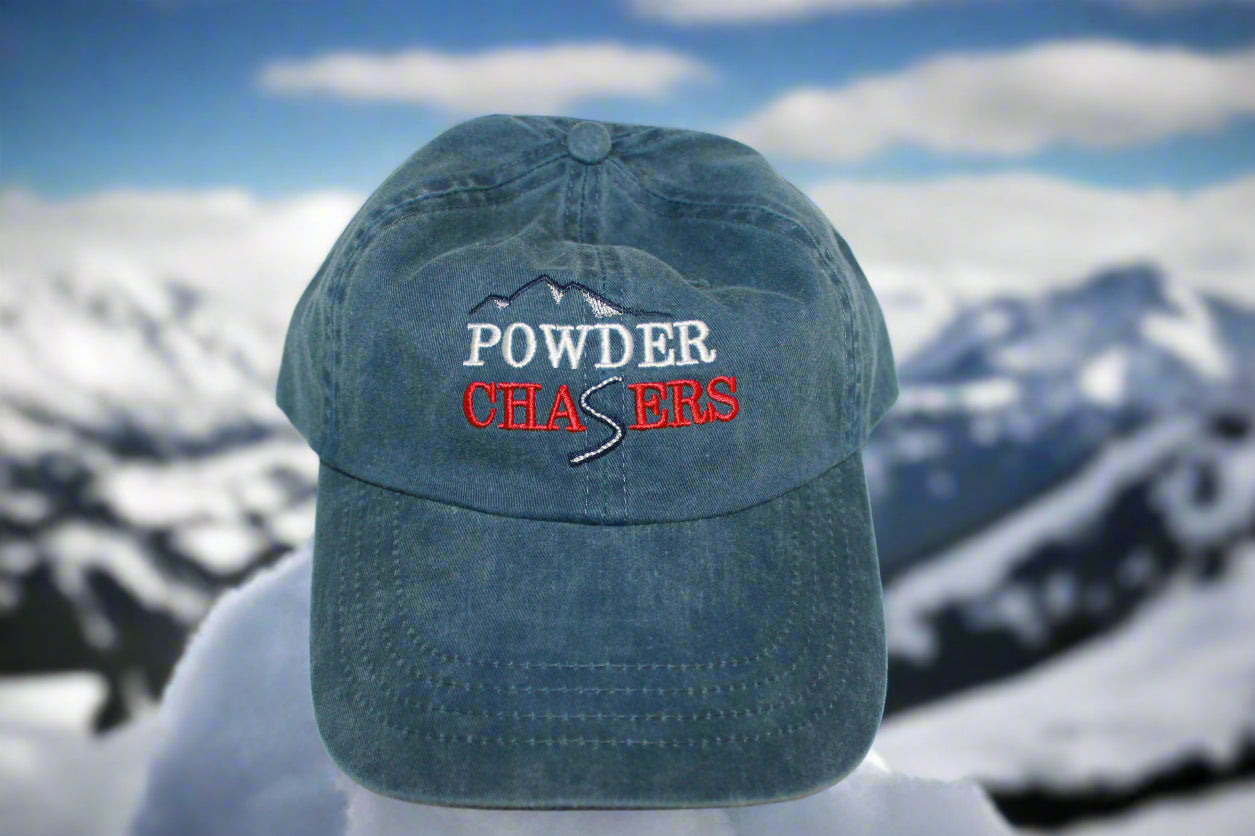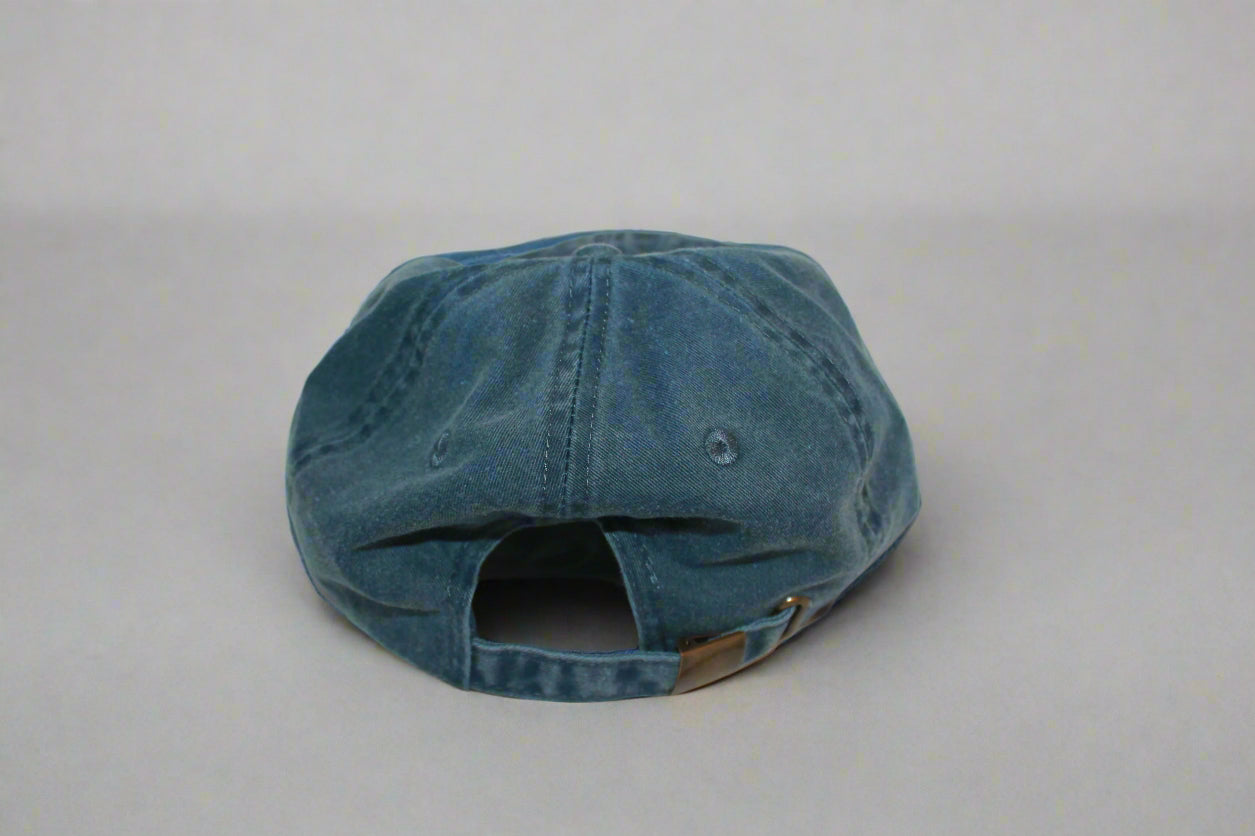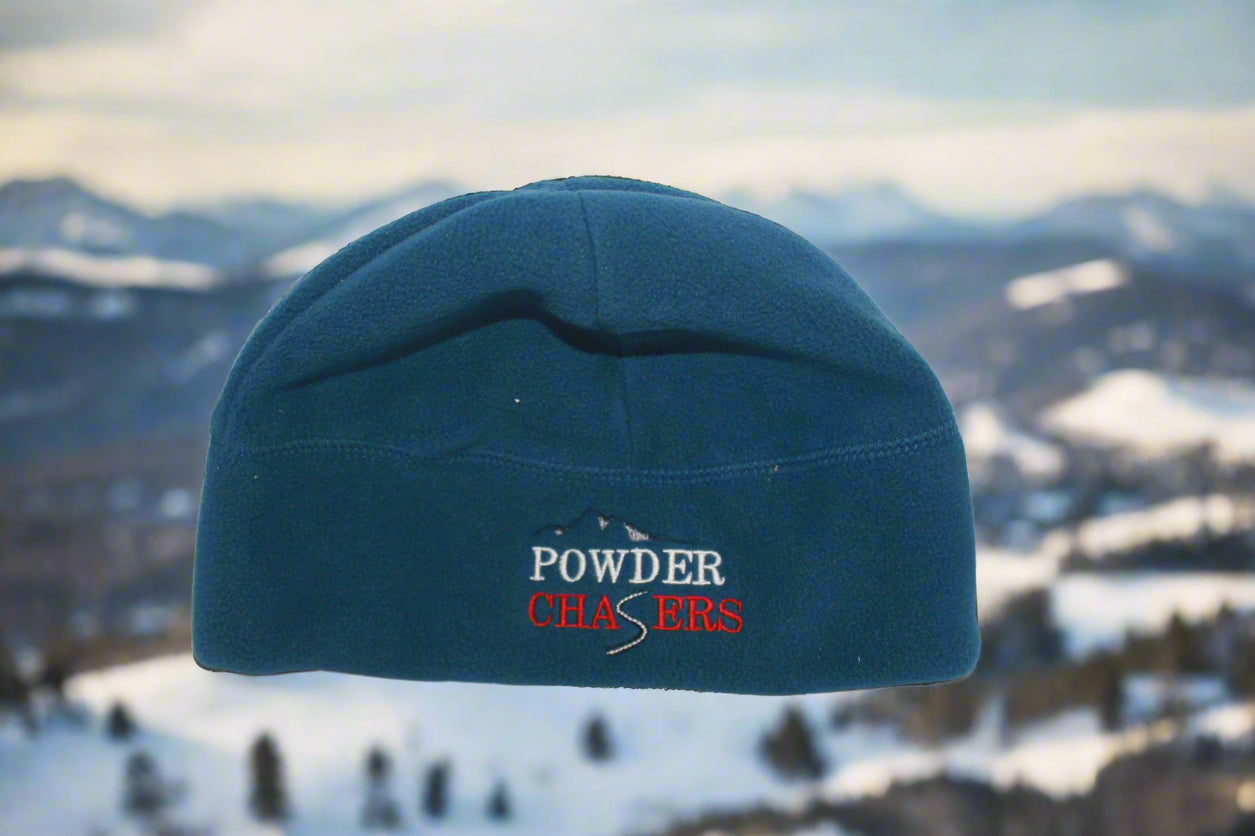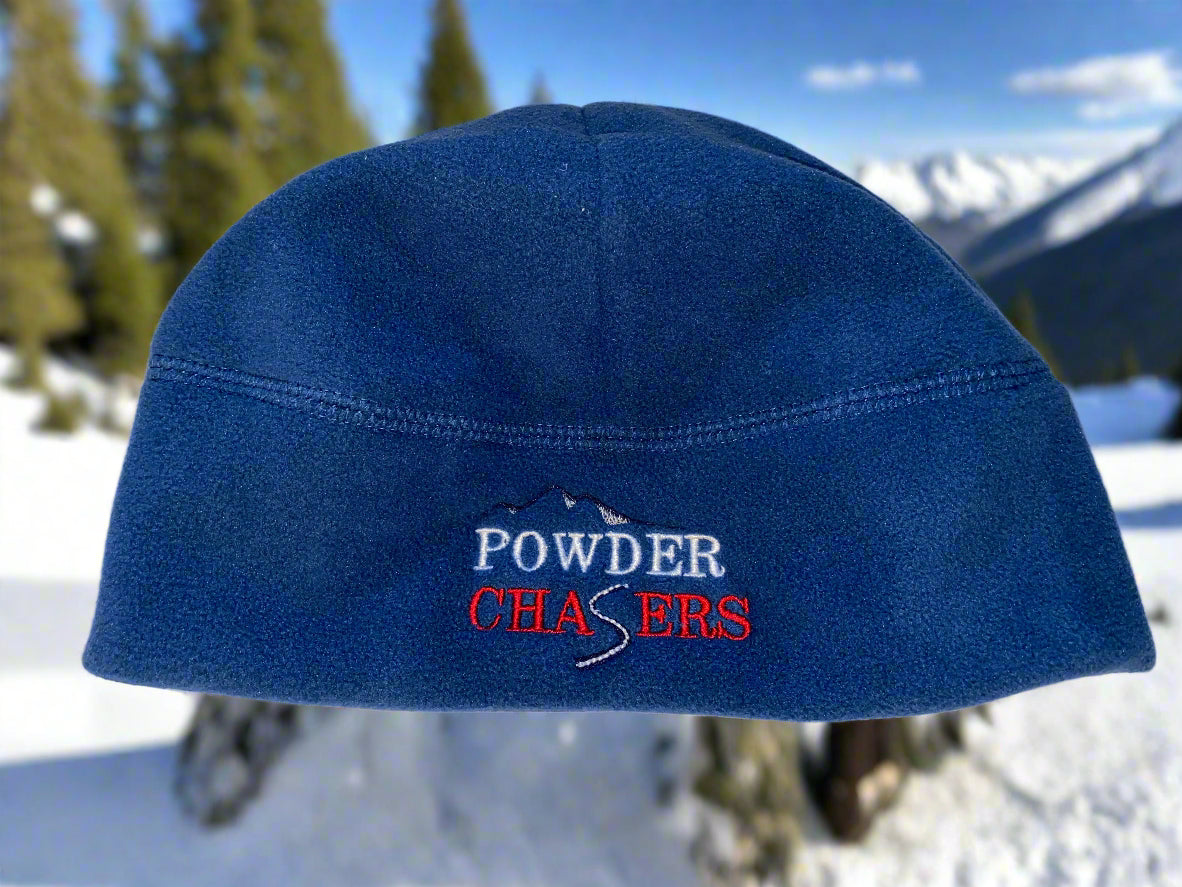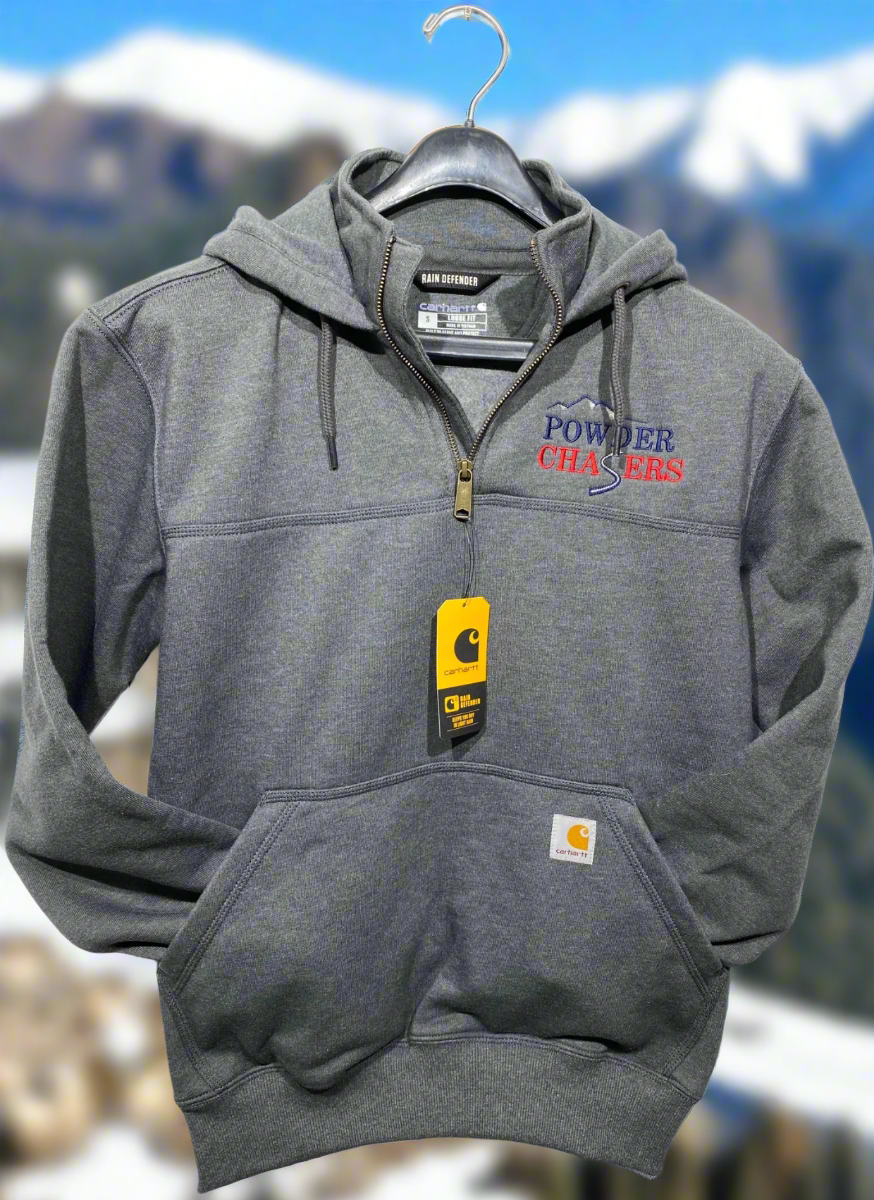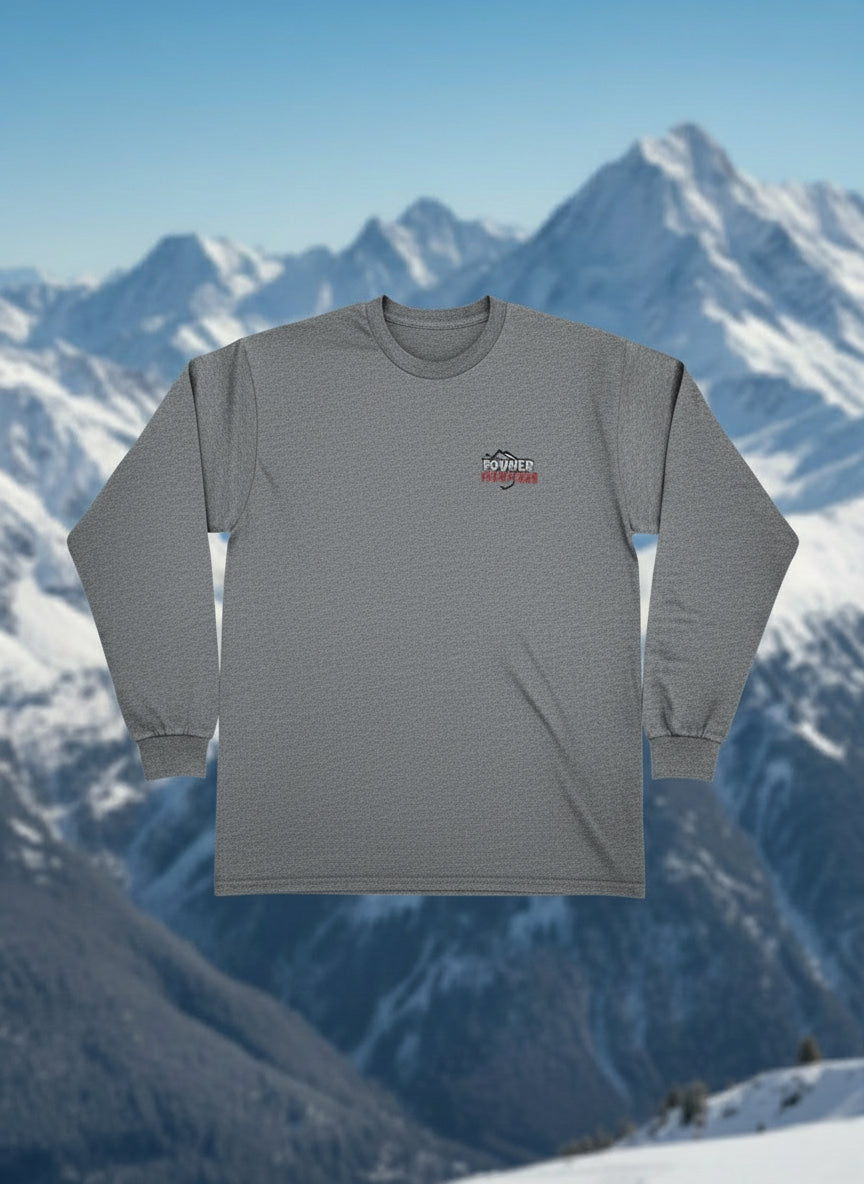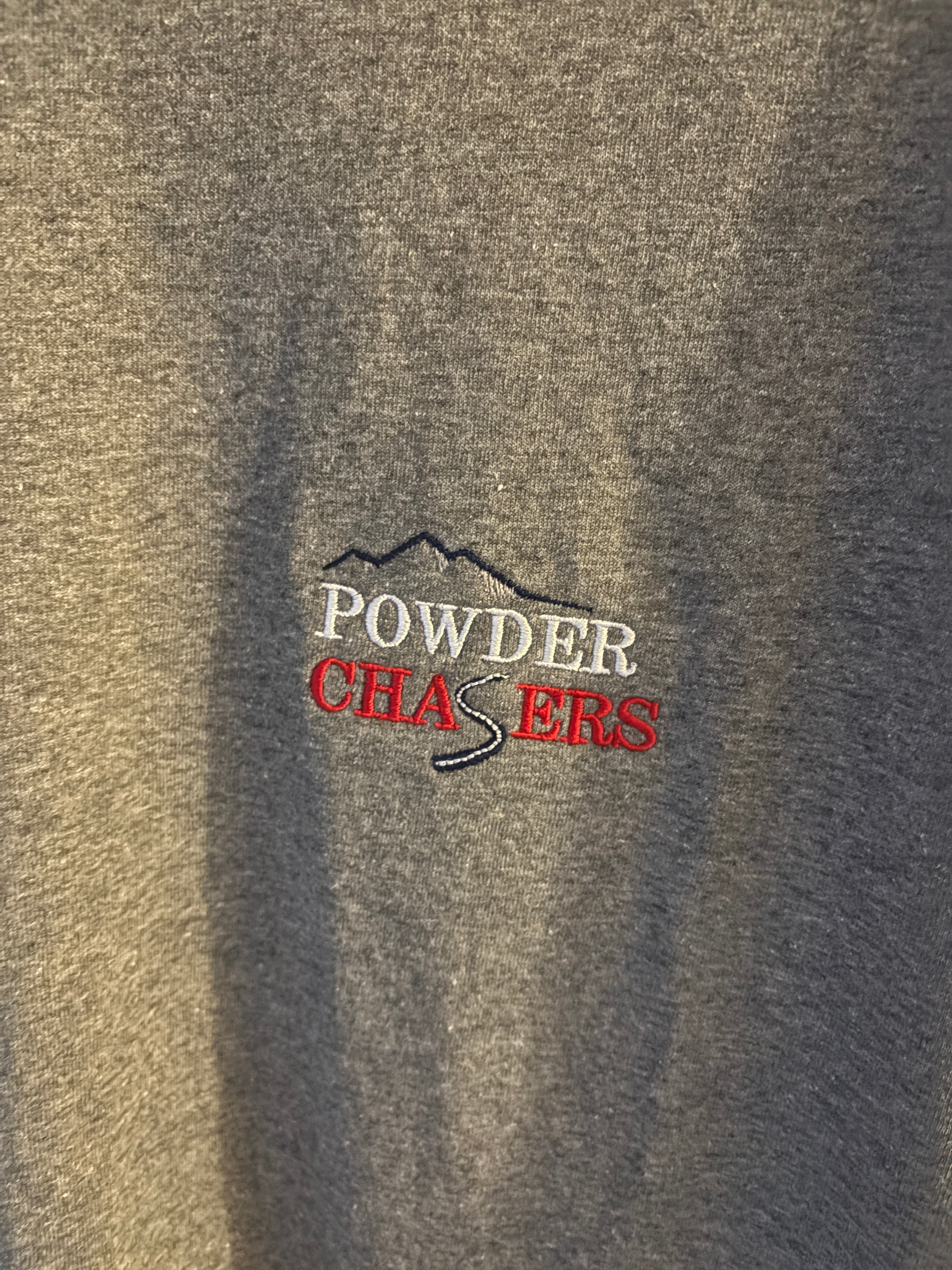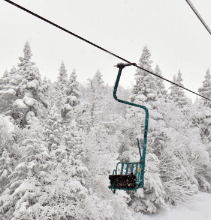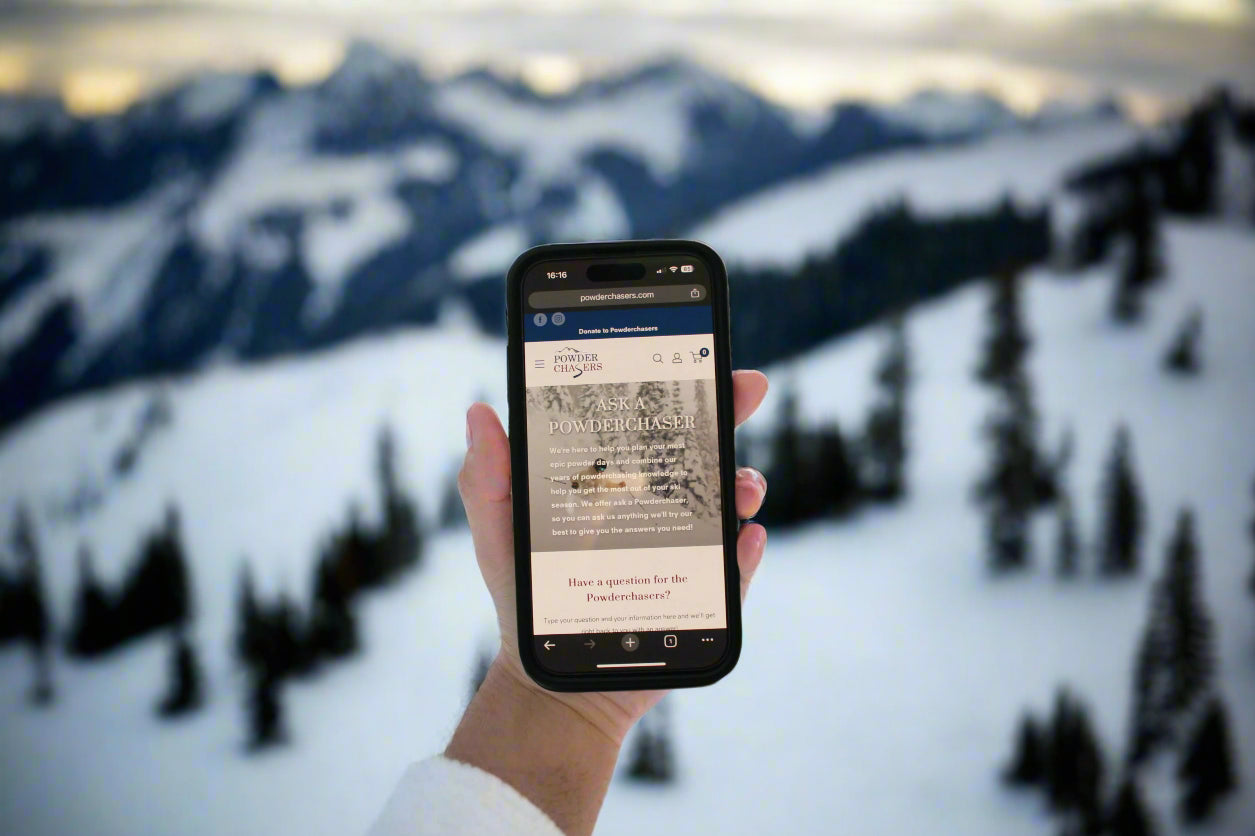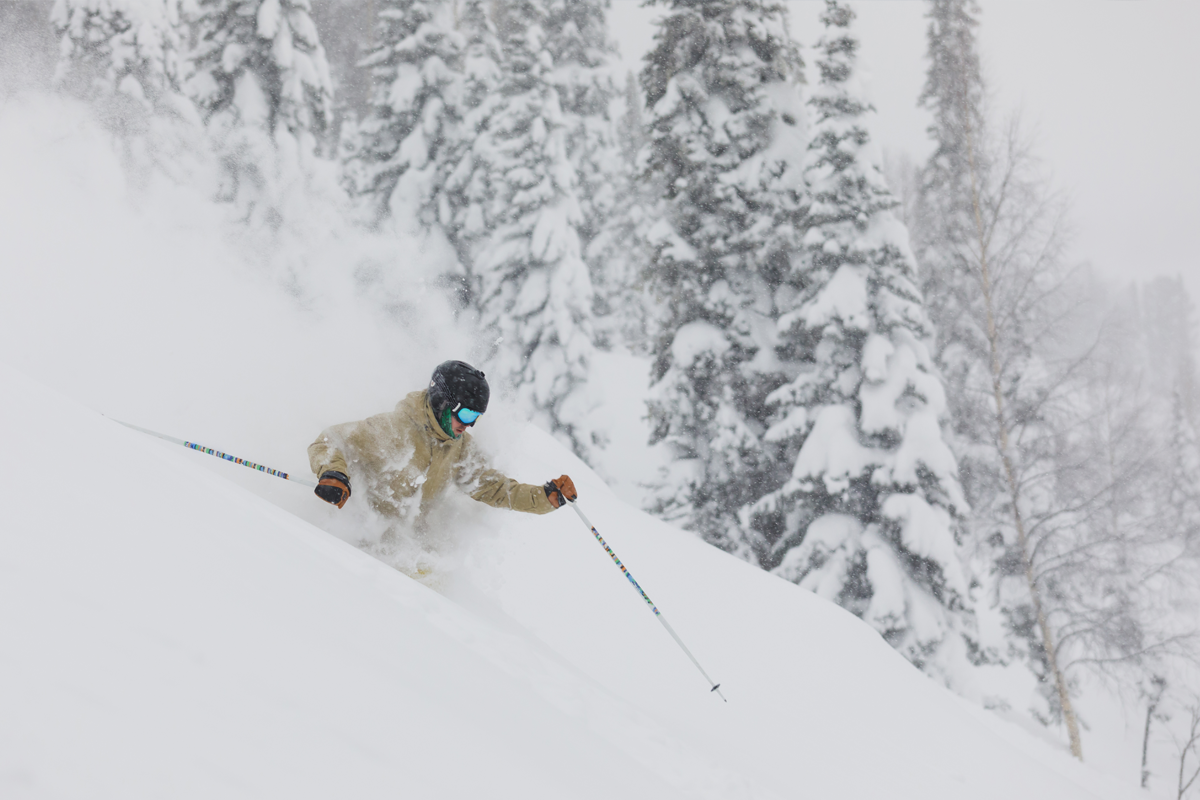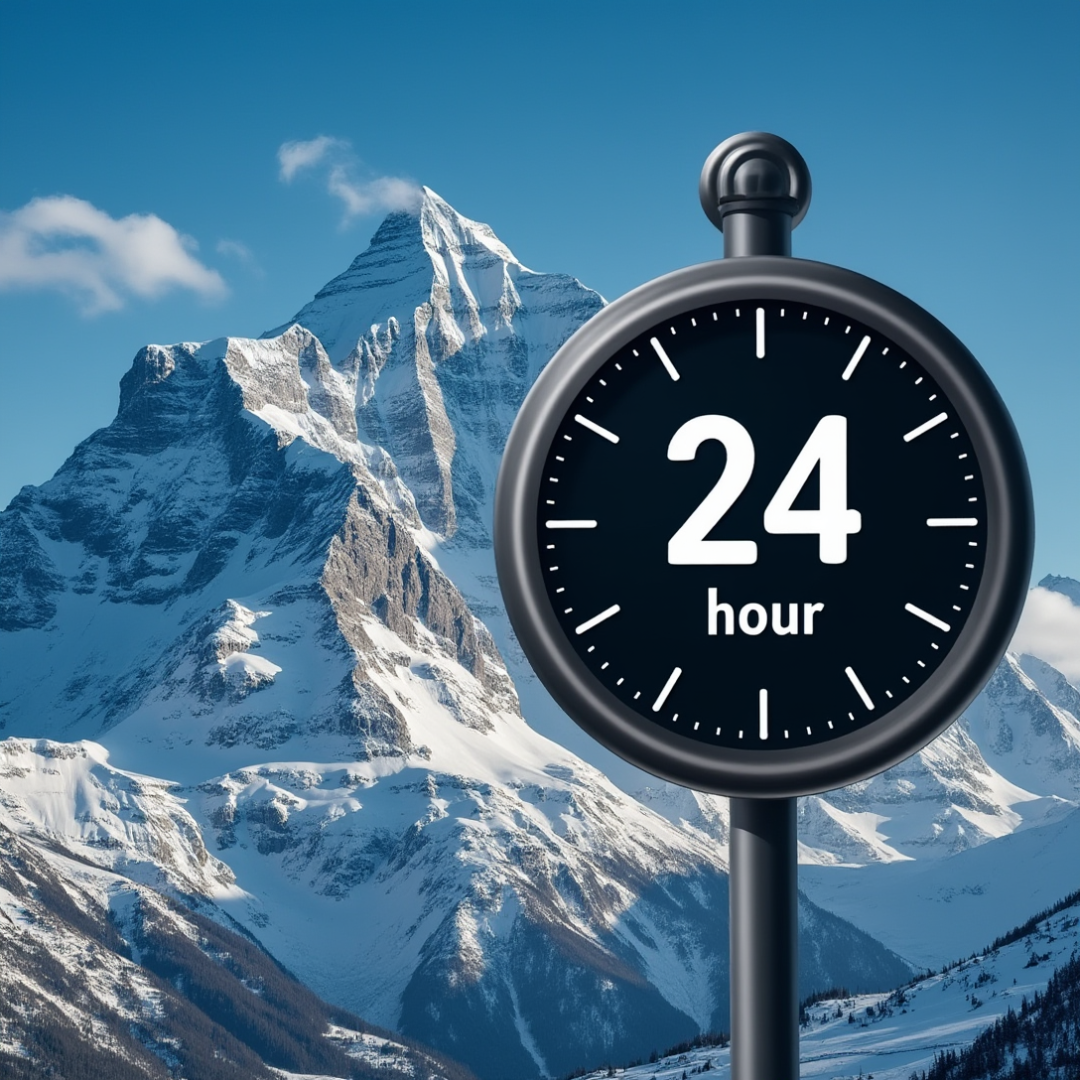After one of the longest mid winter periods with little or no snow to chase that we can remember, the last seven days delivered deep snow for many regions. Washington, Oregon, Montana, Wyoming, Utah, Arizona, Colorado, and New Mexico all saw significant snow. We were at Steven's Pass on Sunday with 25\ overnight, and then Purgatory on Wednesday with 45\" in 48 hours. Some of the deepest turns of the year in North American after a lengthy break. This is what our forecaster/rider Luke looked like mid day at Purgatory.

You know it's deep when your face looks like that. The pattern will remain active with another storm impacting the PNW this weekend, then another mid week, and likely a continuation of this active pattern through the middle of the month.
Short Term
The next few storms will focus on the PNW for the most part. While these two events will feature a lot of moisture, temperatures will be a bit on the warm side for the first one. The initial event will start on Saturday and last through Tuesday, with BC and Washington seeing the most snow. Here is the 2 day snowfall map ending Tuesday from the GFS.

(Image courtesy of Weatherbell)
This storm is a little bit spread out, so there may not be one specific morning with deep totals, but instead steady accumulations over a couple days. The next storm will likely dig a bit farther South, and bring with it some colder temperatures. Check out the ~10k temperature forecast for the next several days.

(Image courtesy of Weatherbell)
At the start of the GIF, you can see the very cold temperatures across the Intermountain West associated with the most recent storm. Much warmer temperatures quickly move in though. There's some cooling with the first wave this weekend, but not super cold and mainly after the moisture. The key area to focus on in the GIF is where the dark green line that separates the light greens from the dark greens/light blues is. Anything on the warm side of this will feature snow that is of the heavier variety, especially in the PNW where the resort elevations are lower. On the cold side of this dark green line the snow quality will be better. You can see this colder air making it farther South around March 3rd or 4th with the second storm. Below are the two day totals there GFS model is currently predicting for this event.

(Image courtesy of Weatherbell)
The models diverge on the track for this second storm, and thus for the snow totals as well. Below is the same 2 day snow forecast from the European model ending Friday night.

(Image courtesy of Weatherbell)
That is an entirely different result. Thus, at this moment, we don't have a high degree of confidence in how this second storm will play out. These differences in snow totals are based on the southward trend in the European model. Below are the upper level patterns from each model. Again, you can see the European Model (upper) tracks the storm farther South mid  week.
week.
(Image courtesy of Weatherbell)
As the models converge on a solution for how far South the storm will dig, we will update you on possible totals.
Long Term
Beyond the two storms next week, the pattern should remain active through the early part of next month. All three models (American, European, and Canadian) show a broad trough setting up over the Western US around the end of the first week of the month. You can see all three models showing below normal heights (low pressure/storminess) over the West during that time.

(Image courtesy of Weatherbell)
This level of agreement, this far in advance, is confidence inspiring. This gives us a fair amount of hope that the pattern will remain active early in March. Further evidence of this pattern change comes in the form of the Pacific North American (PNA) teleconnection. A negative PNA index is associated with a trough (storminess) over the Western US. Again, look at the PNA forecast from the American, European, and Canadian ensembles below. For a previous explanation of what the PNA means, click here.

(Image courtesy of Weatherbell)
You can see all three models have the index going negative, and staying negative, around the end of the first week of March. This is anther good sign for a cold and stormy pattern during that period.
If you want to chase powder and score the deepest snow, sign up for our Concierge program. You can also donate here. There are still a few open seats with Alaska Backcountry Guides in March where it has been dumping lately. Conditions will be epic in Alaska.
That's it for now, enjoy the snow.
Luke


